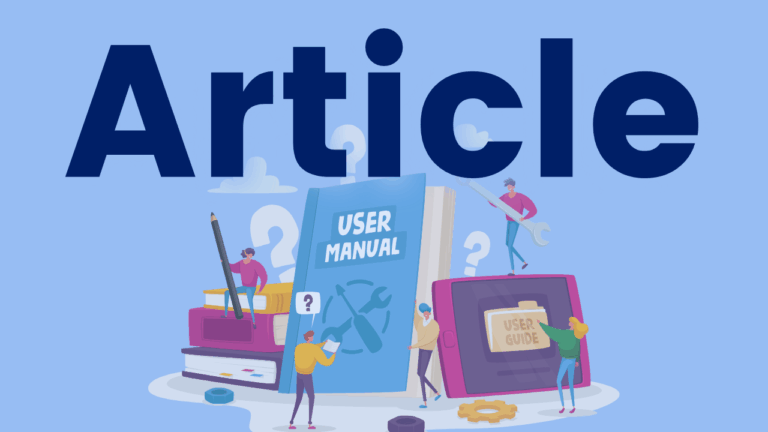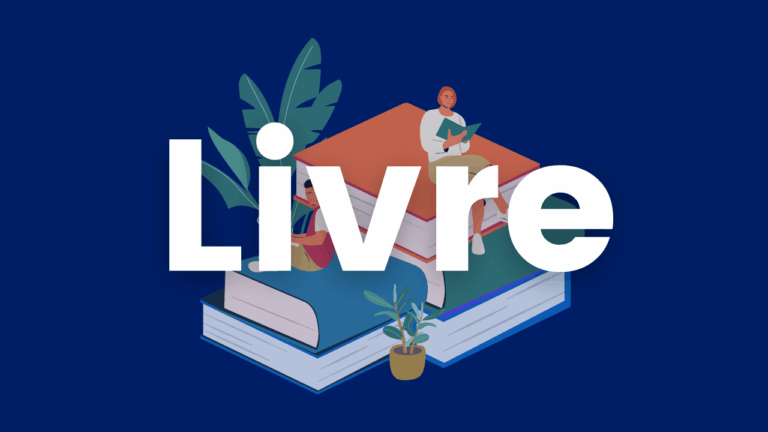The Assessment of Written Syntax
In this International Dyslexia Association Perspectives article, Dr. Melissa Lee Farrall discusses that no single assessment will describe an individual’s skill in written syntax. Farrall gives educators examples of how to assess the component skills of writing that support the development of written expression.



